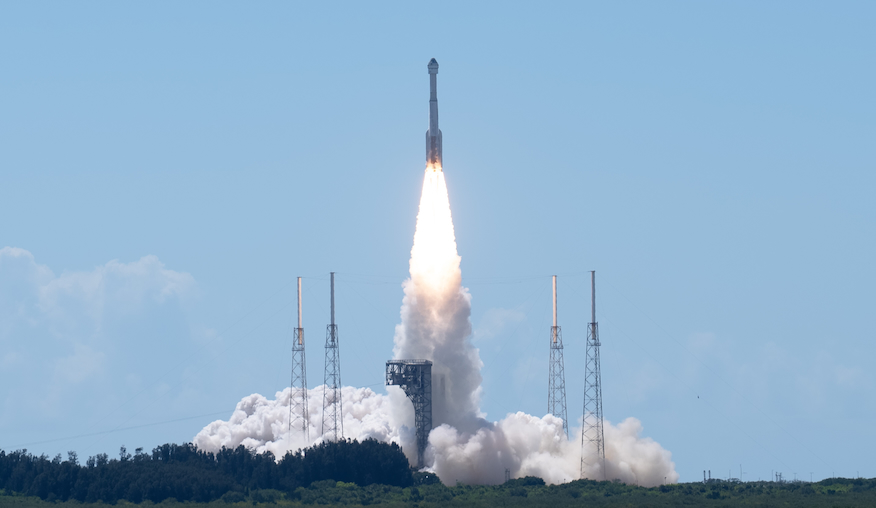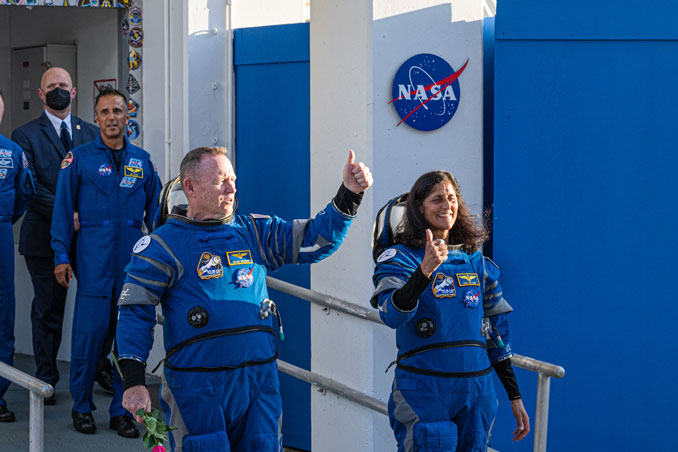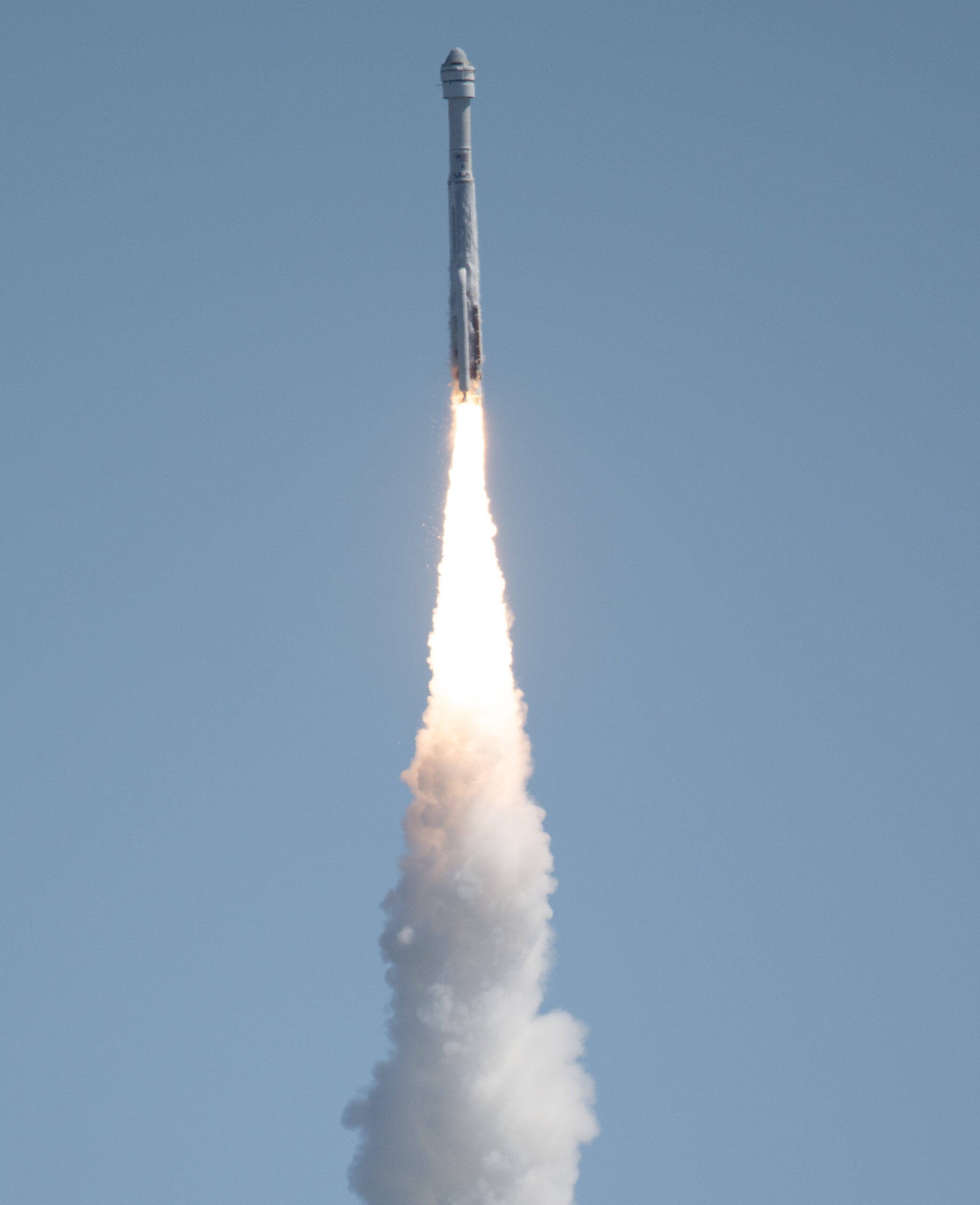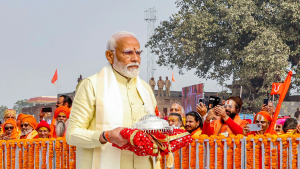After years of anticipation and several delays, Boeing’s Starliner spacecraft has successfully embarked on its first crewed flight test. The launch marks a significant milestone in NASA’s Commercial Crew Program, demonstrating the progress and resilience of the teams involved. This blog explores the Starliner’s journey, the challenges faced, and the broader implications for the future of space exploration.
The Road to Liftoff
The journey to this successful launch has been anything but smooth. Due to technical issues, Boeing’s Starliner faced multiple delays and setbacks, including two scrubs on May 6 and June 1. However, perseverance and meticulous troubleshooting paid off when the Atlas 5 rocket finally roared off pad 41 at Cape Canaveral Space Force Station at 10:52 a.m. EDT on June 5, 2024.
The third attempt proved to be the charm. After liftoff, the spacecraft completed its orbital insertion burn approximately 31 minutes into the flight, followed by another burn to circularize its orbit at T+1 hour and 15 minutes. This successful sequence set the stage for the next critical phase of the mission: docking with the International Space Station (ISS).
Overcoming Technical Challenges
The path to this historic flight was fraught with technical challenges. The first launch attempt on May 6 was scrubbed due to an oxygen pressure relief valve issue on the Atlas 5 rocket’s upper stage. The teams stood down for weeks to address a helium leak on the Starliner’s service module. The second attempt on June 1 was thwarted by a countdown computer issue just three minutes and fifty seconds before liftoff.
United Launch Alliance (ULA), Boeing, and NASA teams worked tirelessly to resolve these issues. ULA’s President and CEO Tory Bruno described the swift shift from disappointment to action after the second scrub, emphasizing the need to stay focused and prepared for the next attempt. Similarly, Mark Nappi, Boeing’s Starliner project manager, highlighted the resilience and determination of the teams as they worked through the procedures for another launch attempt.
The Successful Launch
On June 5, under near-perfect weather conditions with a 90 percent chance of favorable liftoff, the Atlas 5 rocket successfully launched Boeing’s Starliner on its historic journey. NASA astronauts Butch Wilmore and Suni Williams were aboard, marking the first crewed flight of the Starliner spacecraft.

NASA Administrator Bill Nelson celebrated the achievement, calling it a new chapter in American space exploration. He acknowledged the daring nature of human spaceflight and the significance of this mission for NASA, its commercial partners, and the future of exploration.
In-Orbit Operations and Docking with the ISS
Following the successful launch and orbital insertion, the Starliner and its crew prepared for the critical task of docking with the ISS. The spacecraft is set to dock with the forward-facing port of the station’s Harmony module at approximately 12:15 p.m. EDT on June 6. This docking maneuver will be conducted autonomously, monitored by Boeing’s mission control center in Houston and NASA’s Mission Control Center at the Johnson Space Center.
During their time aboard the ISS, Wilmore and Williams will conduct a series of tests to verify the spacecraft’s performance. These tests will include checking the environmental control system, the displays and control system, and maneuvering the thrusters. The astronauts will also interact with the Expedition 71 crew, which includes NASA astronauts Michael Barratt, Matt Dominick, Tracy C. Dyson, and Jeanette Epps, along with Roscosmos cosmonauts Nikolai Chub, Alexander Grebenkin, and Oleg Kononenko.
The Return Journey
If all goes according to plan, the Starliner will remain docked to the ISS for about a week before returning to Earth. The mission is scheduled to conclude with a landing at White Sands, New Mexico, on June 14. The safe return of Wilmore and Williams will be a critical milestone, demonstrating the spacecraft’s capability to transport astronauts to and from space safely.
The Significance of the Starliner Mission
The successful launch and docking of the Starliner mark a pivotal moment for Boeing and NASA’s Commercial Crew Program. This program aims to foster commercial partnerships to develop reliable and cost-effective transportation to the ISS and beyond. Boeing’s success comes after SpaceX’s Crew Dragon has already established a track record of successful missions, having sent more than 50 people to space over 13 flights since its first crewed mission in 2020.

The delays and technical challenges faced by Boeing highlight the complexities and risks associated with spaceflight. However, overcoming these obstacles demonstrates the resilience and innovation inherent in the space industry. The successful Crew Flight Test (CFT) of the Starliner is a testament to the dedication of the engineers, scientists, and astronauts involved in this mission.
Looking Ahead
Once the CFT mission concludes, Boeing will work closely with NASA to finalize the certification of the Starliner for regular crew rotation missions to the ISS. These missions could begin as early as spring 2025, further solidifying the role of commercial partners in maintaining and expanding human presence in low Earth orbit.
NASA’s Commercial Crew Program, which awarded multi-billion dollar contracts to Boeing and SpaceX, is a strategic initiative to ensure the United States maintains independent access to space. This program also aims to stimulate the commercial space industry, encouraging innovation and reducing costs through competition and collaboration.
The successful launch of Boeing’s Starliner on its first crewed flight test is a significant achievement for NASA, Boeing, and the broader space exploration community. This mission not only validates the capabilities of the Starliner spacecraft but also underscores the importance of perseverance, innovation, and collaboration in overcoming the challenges of spaceflight.
As Wilmore and Williams continue their journey aboard the ISS and prepare for their return to Earth, the eyes of the world are on this historic mission. The lessons learned and the milestones achieved will pave the way for future exploration, heralding a new era of commercial spaceflight and human exploration beyond our home planet.





